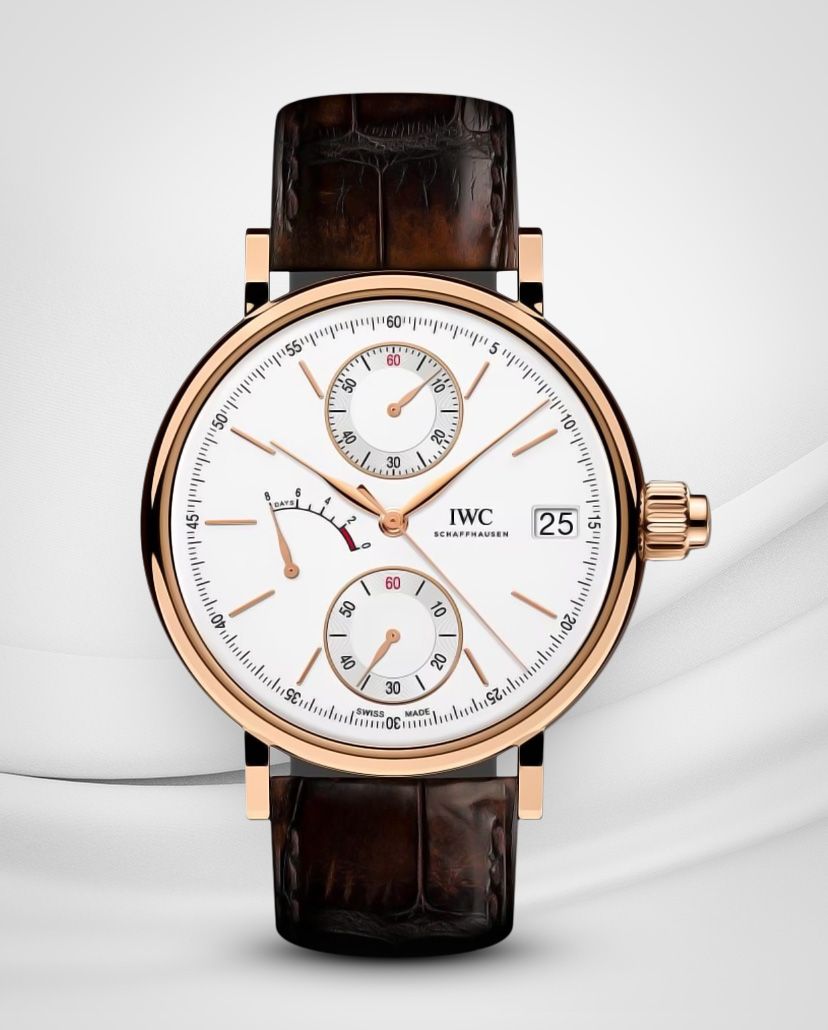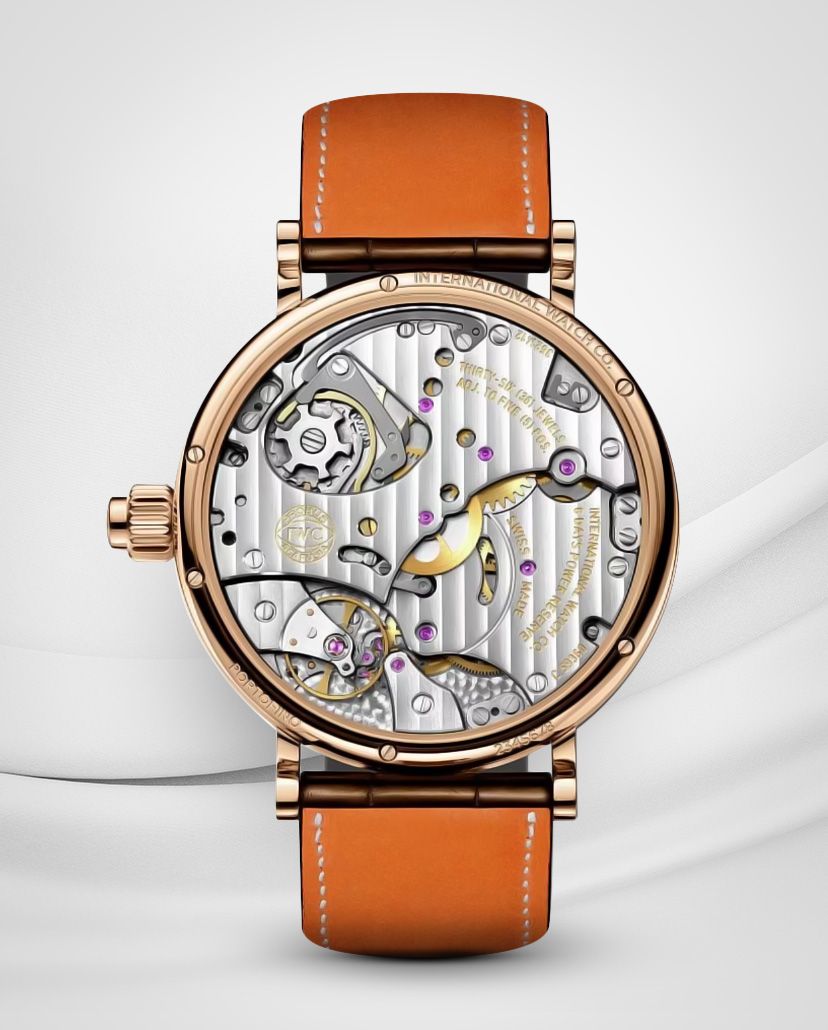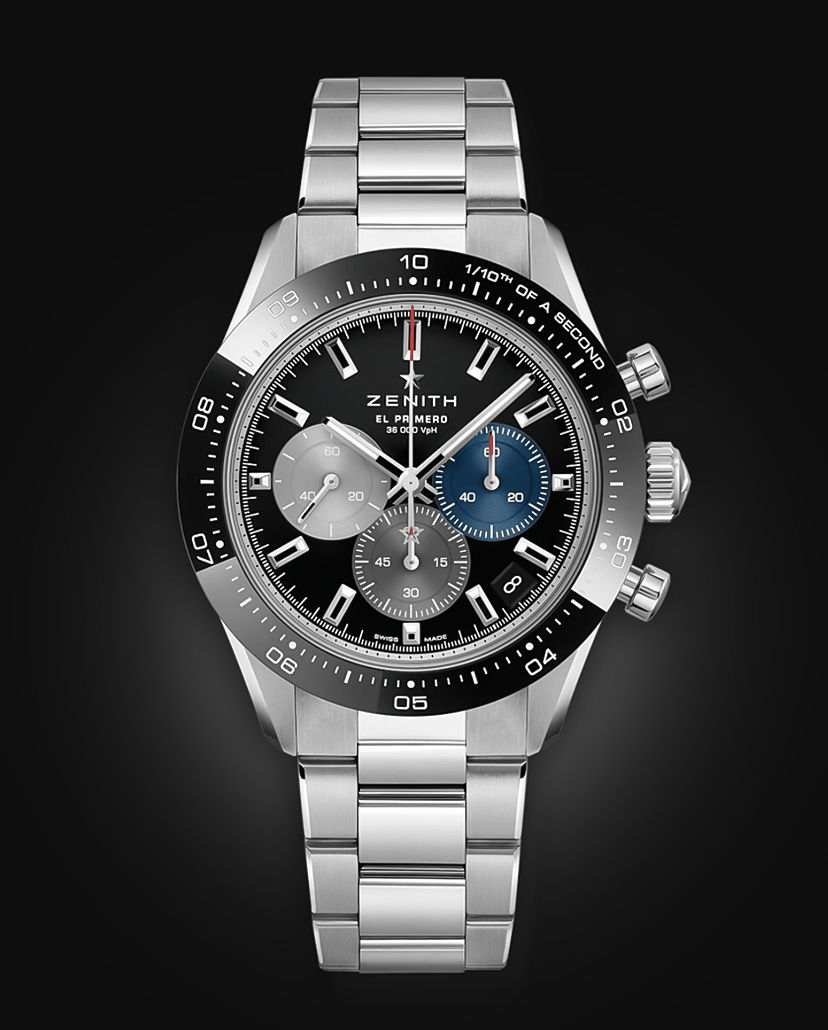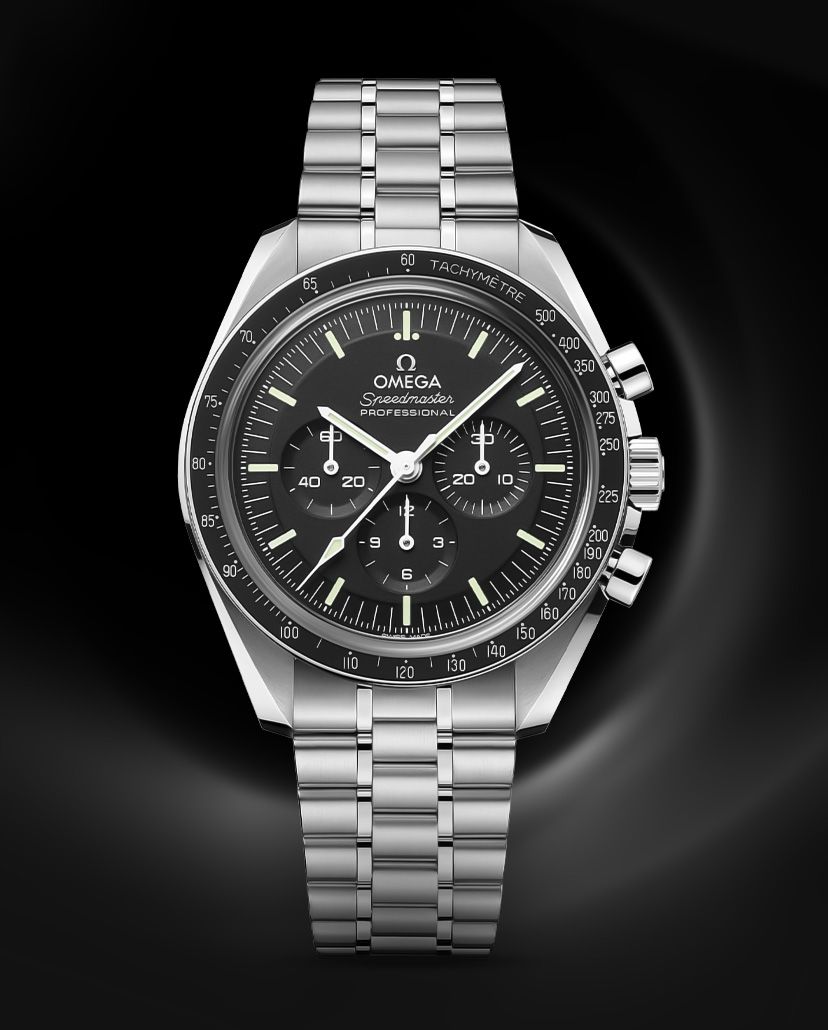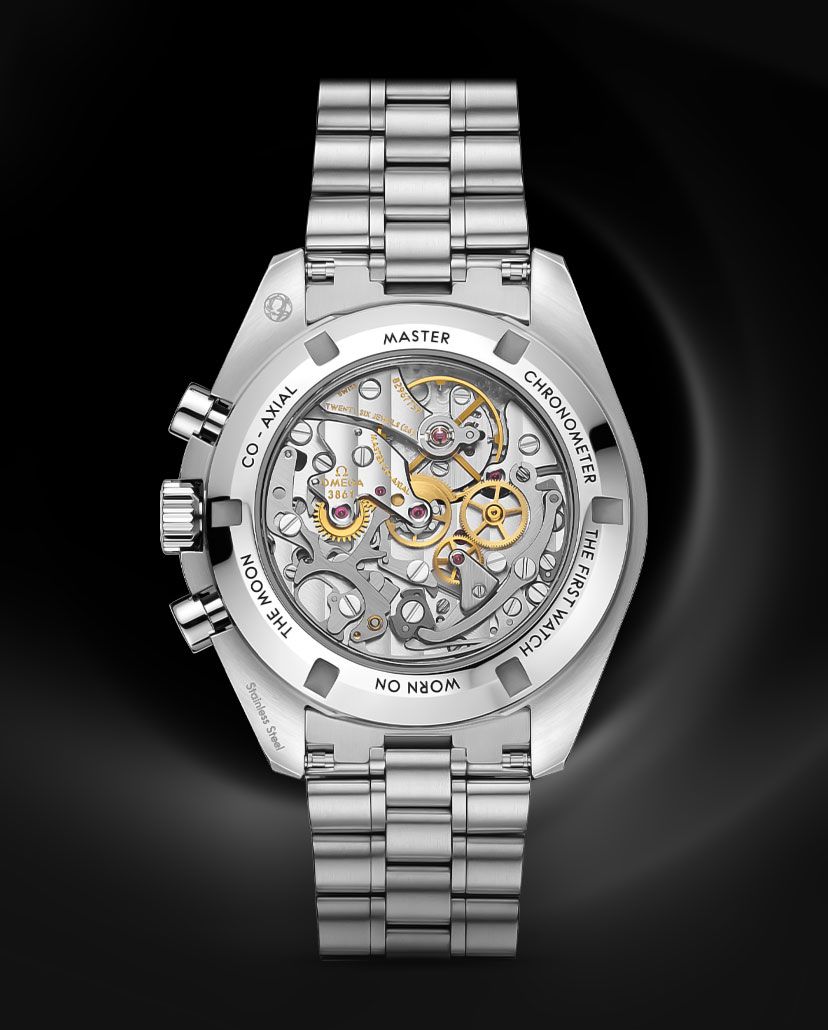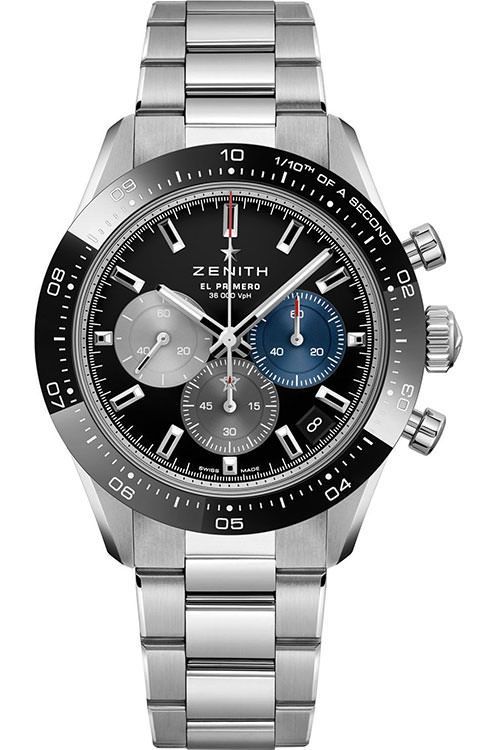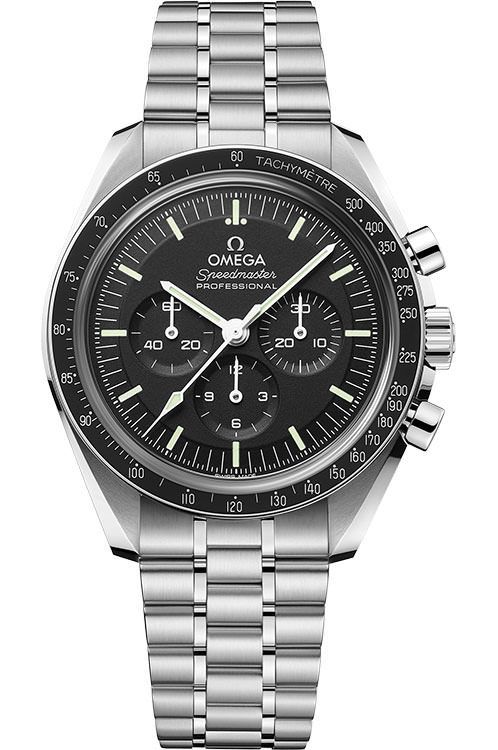Round-UpFrom Start To Stop: A Comprehensive Overview Of Chronographs And Their Types
Join us as we explore the history, types, and mechanisms of chronographs, shedding light on their remarkable mechanics and diverse applications
May We Recommend
When one speaks of watches, there are many types and styles that come to mind. There’s the simple and classic dress watch, the reliable and rugged tool watch, the sleek and stylish pilot’s watch, and the sporty and versatile dive watch, just to name a few. But amid the vast landscape of timepieces, there stands a special type of watch that seamlessly blends form to function, from beauty to utility, and from style to substance—the chronograph.
The term ‘chronograph’ comes from the Greek words ‘chronos’ (time) and ‘graphein’ (to write). However, instead of literally writing time, a chronograph records or measures time. This function allows it to serve as both a timepiece and a stopwatch. A simple chronograph, also known as a standard chronograph, is the most common and straightforward. It typically features a start/stop pusher and a reset pusher, along with sub-dials to count the elapsed minutes and hours. With the simple chronograph, users can start, stop, and reset the central chronograph seconds hand to measure time passed, accurately.

A Brief History Of The Chronograph
Chronographs, or ‘time writers’, date back to the early 19th century. The first commercial chronograph, featuring a rotating dial and a fixed ink pen to mark elapsed time, was invented by French watchmaker Nicolas Mathieu Rieussec in 1821. But even before this, Swiss horologist Jean-Moïse Pouzait had designed a watch in 1776 with a seconds hand that could start and stop.
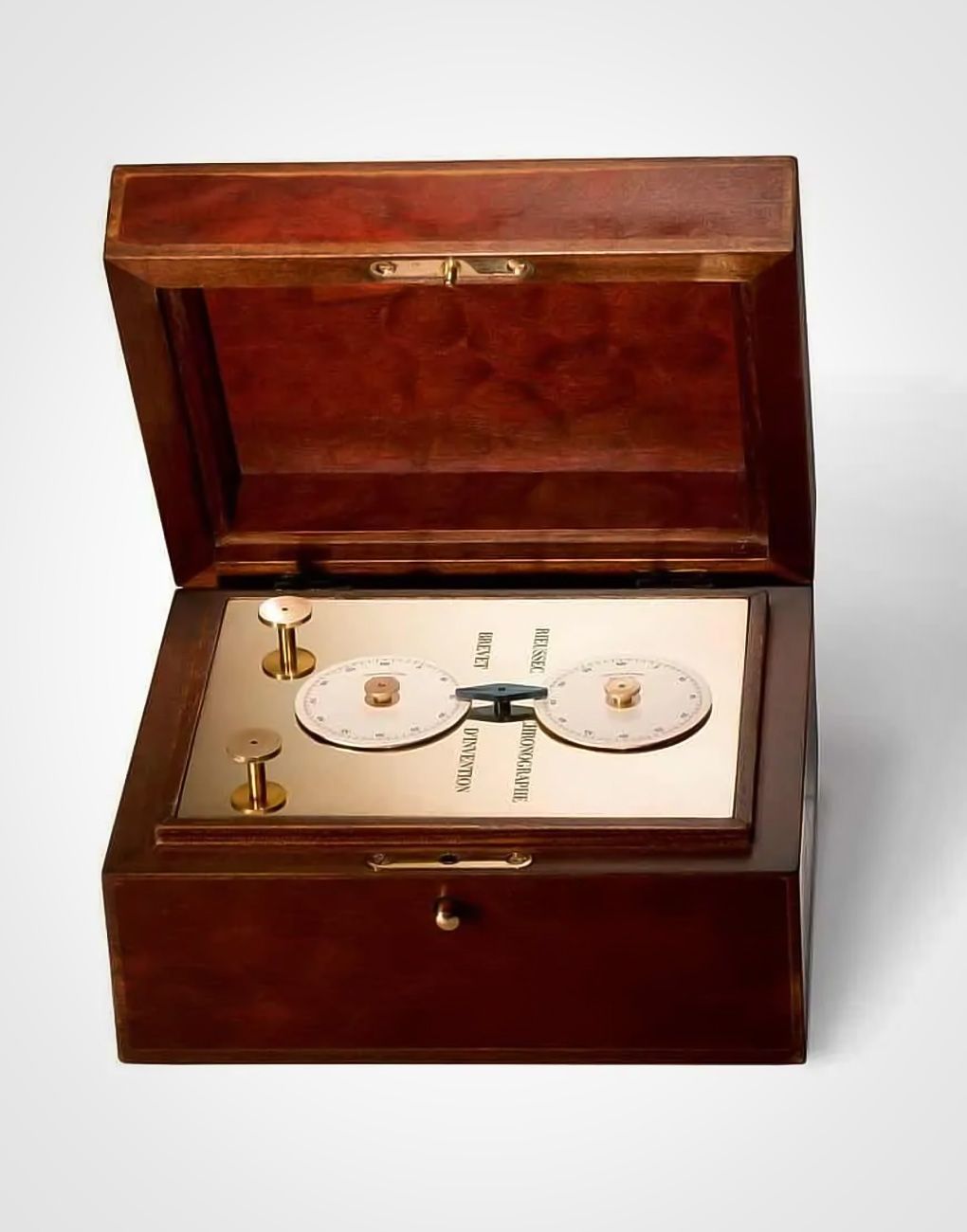
Chronographs further evolved when a ‘compteur de tierces’, capable of measuring time down to 1/60th of a second, was found with astronomer Louis Moinet in 1815–16. From the 19th to early 20th centuries, chronographs underwent considerable advancements. Early designs mostly featured monopushers—single buttons controlling all functions, until the introduction of the second pusher in the 1930s, which enabled stopping and restarting without resetting.

Innovation also targeted precision. In 1838, Joseph Thaddeus Winnerl designed a heart-shaped cam split-second mechanism. By the early 20th century, chronographs shrank to wristwatch size, becoming more affordable with the advent of cam mechanisms, which replaced complex, costly column-wheel systems.
The late 1960s saw another milestone: the debut of automatic chronographs, introducing a new level of convenience and functionality. Zenith (El Primero), a Heuer-Breitling-Büren partnership (Chronomatic), and Seiko (reference 6139) all unveiled their automatic chronographs in 1969, revolutionising the timepiece landscape.
A World Of Chronograph Sub-dials: Bi-compax vs Tri-compax
Within the chronograph’s sphere, we encounter bi-compax and tri-compax configurations. Bi-compax, or twin-register models, feature two sub-dials—one generally for the constant, running seconds and the other to count elapsed minutes, activated only when the chronograph function is engaged.
Tri-compax chronographs, on the other hand, feature three sub-dials. These sub-dials are designated for the main seconds, a chronograph minutes counter, and one for the hours counter. Generally, bi-compax chronographs can record up to one hour, whereas tri-compax models can time up to 12 hours.
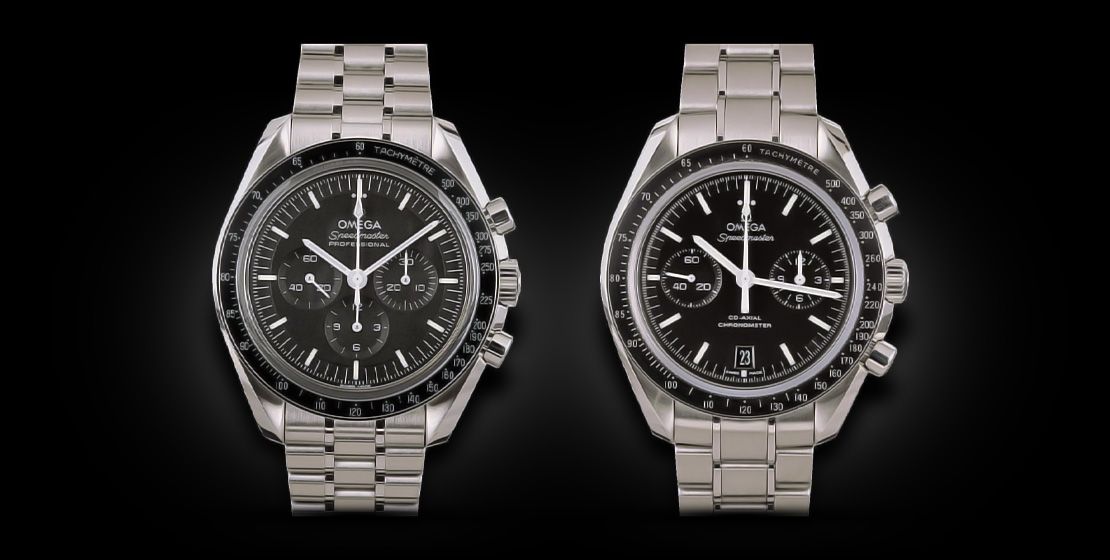
Mode Of Operation Of A Chronograph
Earlier, we spoke about the simple chronograph, the kind you’ll often see sporting two pushers. Now, let’s shift our focus and explore the interesting realm of monopusher chronographs.
Monopusher chronographs, also called single-button chronographs, are a type of watch that uses only one pusher to control all of its functions. This single pusher starts, stops, and resets the stopwatch function in sequence.
Monopusher chronographs are known for their simplicity and elegance, as they have a streamlined design with only one pusher, giving them a clean and minimalistic appearance. They are also user-friendly and easy to operate compared with traditional chronographs. The IWC Portofino Hand-Wound Monopusher is an exquisite example that embodies the elegance and simplicity of a monopusher chronograph. With its case in 18-karat 5N gold measuring 45mm, this watch showcases a luxurious and timeless design. Powering the IWC Portofino Hand-Wound Monopusher is the 59360 calibre—an IWC-manufactured movement renowned for its precision and reliability. With a remarkable power reserve of 192 hours, this hand-wound movement offers exceptional usability. The movement comprises 281 components, including 36 jewels, and features côtes de Genève decoration, adding a touch of sophistication.
Advanced Functionality
Flyback chronograph
The flyback chronograph offers a convenient feature for timing multiple events in quick succession. With a single push of the reset pusher, the chronograph hand can be reset to zero and immediately started again, without the need to stop and restart the chronograph. This makes the flyback chronograph ideal for activities that require timing multiple events with precision, such as motorsports or aviation.
One such exquisite example of a flyback chronograph is the Carl F. Bucherer Manero Flyback. True to its Manero lineage, this timepiece possesses distinctive appeal, boasting the sophisticated CFB 1970 chronograph movement with a flyback function. This feature allows for recording consecutive times with minimal intervals, as the chronograph hands fly back to zero while the movement runs continuously in the background. The hands are then ready to restart as soon as the reset button is released. Unlike standard timepieces that require three button presses to measure successive intervals—stop, reset, and start—the Manero Flyback achieves the same with a single push.

Split-second chronograph (rattrapante)
The split-second chronograph, also referred to as a rattrapante chronograph, stands out as one of the more complex and fascinating chronograph types. It incorporates two chronograph hands that operate simultaneously—one superimposed on the other. The split-second hand can be independently halted to record intermediate times, while the primary chronograph hand keeps running. This makes rattrapante chronographs especially useful for timing events that commence simultaneously but conclude at different instances, akin to a multi-lap race.
The Breitling Navitimer B03 Chronograph Rattrapante stands as a remarkable example of this type of chronograph. Deriving its name from the French term rattraper, which means ‘to catch up’, the rattrapante is invaluable for pilots and perfectly aligns with the Navitimer’s iconic mission. The watch’s aesthetic is strikingly original, with a stainless steel case, a stratos grey dial, and contrasting black sub-dials.
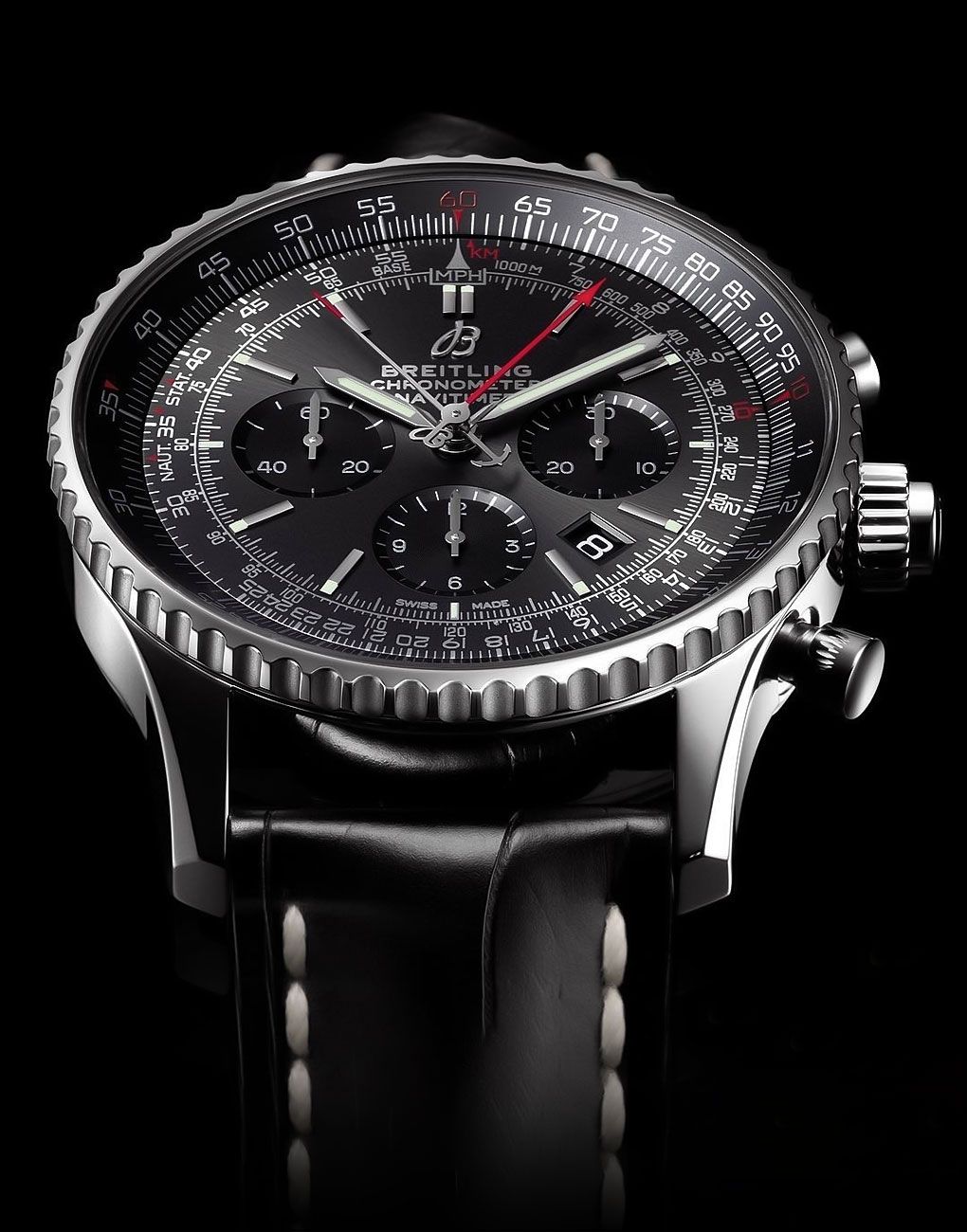
Movement Types
Integrated chronograph
An integrated chronograph is a special kind, where the chronograph mechanism is fully incorporated into the watch’s movement. What this means is that the chronograph function is constructed from the ground up as an essential component of the movement, right from the manufacturing phase. Recognised for their intricate engineering, integrated chronographs provide a high degree of precision and reliability.
A great example of this is the Zenith Chronomaster Sport. The watch pays homage to previous models through its tri-colour dial, pump-style pushers, and steel bracelet, while introducing a contemporary touch with a black ceramic bezel housed within a 41mm case. This variant flaunts a black dial paired with an integrated steel bracelet, embracing a modern aesthetic. The timepiece runs on the El Primero 3600—a 1/10th-of-a-second, automatic, integrated chronograph movement.
Modular chronograph
The modular chronograph stands in contrast to the integrated variety, as it incorporates a separate module that’s attached to the base movement to form the chronograph function. This modularity promotes simpler manufacturing and maintenance processes because the chronograph module can be individually replaced or repaired if required. Additionally, modular chronographs afford a range of customisation options because different modules can be combined to craft unique chronograph functionalities.
Bell & Ross’s BR V2-94 Black Steel showcases a modular chronograph movement in a stunning and stylish package. This timepiece runs on the BR-CAL.301, an automatic mechanical movement, which is Bell & Ross’s interpretation of the reliable ETA 2894-2. Not only does it display hours, minutes, and a small seconds counter at three o’clock, but it also offers a handy date function and a precise chronograph that features a 30-minute timer at nine o’clock along with central chronograph seconds. This movement offers a 42-hour power reserve.

Chronograph Mechanism Types
Cam-actuated chronograph
Cam-actuated chronographs employ a cam mechanism for controlling the chronograph’s functions: start, stop, and reset. This type of design has several advantages. It’s simpler, which translates to a more affordable timepiece, and it is also robust, contributing to the watch’s durability. This makes cam-actuated chronographs widely available and suitable for everyday use.
However, there are some trade-offs. Using a cam-actuated chronograph might not be as seamless and refined as that of a column-wheel chronograph. Plus, for some watch enthusiasts, the cam mechanism may lack the aesthetic appeal of the intricate column-wheel design. These chronographs are often seen as less prestigious due to their simpler design and lower cost, but their affordability and durability make them an excellent choice for a reliable, everyday timepiece.
One of the most renowned examples of cam-actuated chronographs is the Speedmaster Moonwatch from Omega. Known for its association with all six of NASA’s lunar landings, this iconic timepiece reflects Omega’s spirit of adventure. This 42mm stainless steel Moonwatch features sapphire crystal, both on the front and caseback, an asymmetrical case, a black step dial with an applied Omega logo, and the notable dot over 90 on the anodised aluminium bezel, inspired by the fourth generation Speedmaster worn on the moon. Powered by the Omega Co-Axial Master Chronometer Calibre 3861, this watch includes a small seconds sub-dial, a 30-minute recorder, a 12-hour recorder, and a central chronograph function.
Column-wheel chronograph
Column-wheel chronographs are highly regarded for their sophisticated and precise functionality. They employ a wheel with columns to control the start, stop, and reset functions of the chronograph. This intricate design ensures smooth operation, lending a refined touch when engaging the pushers. Watch enthusiasts particularly appreciate the visual appeal of the column-wheel mechanism, often showcased through a caseback window to proudly exhibit the watchmaker’s skill and the intricate beauty of the mechanism.
It’s important to make note of a few drawbacks of this mechanism. The column-wheel design is more complex to manufacture, resulting in a higher price range. Additionally, servicing the column-wheel chronograph can be more challenging due to its intricate nature. While the mechanism offers smooth operation, it may require more care and maintenance to ensure consistent performance over time. As a result, column-wheel chronographs are often better suited for collectors or individuals seeking a wearable work of art rather than a utilitarian timepiece for everyday use.
Yet, the TAG Heuer ‘Monaco X Gulf’ stands as a remarkable timepiece that is both affordable and easy to maintain, even with its complex column wheel construction. At the heart of this watch is the Heuer 02 calibre—a true gem of a movement. What it is, is an automatic, self-winding chronograph, built around a column wheel mechanism. As the command centre for all chronograph operations, including start, stop, and reset, the column wheel guarantees smooth and exact control. Operating at a frequency of 28,800vph, the Heuer 02 movement offers an impressive power reserve of about 80 hours.

Wrapping up this immersive dive into chronographs, we hope you’ve learnt something new and gained a newfound appreciation for these fascinating timepieces. Whether your preference lies with the clean simplicity of a monopusher, the technical prowess of a rattrapante, or the timeless allure of a traditional configuration, you can be sure there’s a chronograph tailor-made to suit your style and meet your needs.


